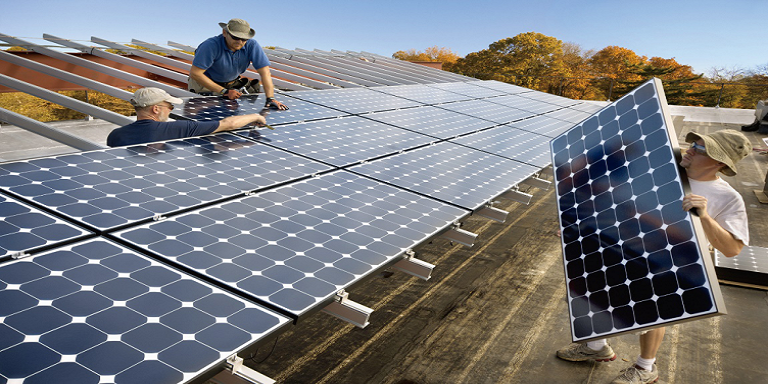The number and design of busbars (BB) in photovoltaic (PV) panels significantly affect their performance, efficiency, durability, and overall cost. Busbars are thin metal strips or wires that collect and conduct electricity from the photovoltaic cells to an external circuit. In recent years, PV panel manufacturers have been increasing the number of busbars to enhance panel performance.
1. Efficiency and Power Output:
- Higher Busbar Count (e.g., 9BB, 12BB, 16BB, 18BB):
- Increased Efficiency: More busbars mean the distance the current has to travel within the cell is reduced, which lowers the series resistance. This can enhance the cell’s efficiency by reducing resistive power losses.
- Better Current Collection: More busbars improve the current collection efficiency since the electric current has more pathways to reach the external circuit, resulting in better overall panel performance.
- Reduction of Power Losses: Higher busbar counts reduce electrical resistance and thus lower power losses within the panel. This can slightly increase the power output, especially under conditions where high current is involved.
- Lower Busbar Count (e.g., 2BB, 3BB, 4BB):
- Lower Efficiency: With fewer busbars, the current has to travel further across the cell, which increases resistance and power loss. This can reduce overall panel efficiency, especially in larger cells where the current has a greater distance to travel.
- Less Effective Current Collection: Fewer busbars provide fewer pathways for current collection, leading to slightly higher internal resistance and marginally lower power output.
2. Shading and Microcrack Resistance:
- Higher Busbar Count:
- Better Shading Tolerance: When part of a cell is shaded, it can block or reduce the output of the affected area. More busbars help distribute the electric current more evenly across the panel, making it less susceptible to shading losses. Even if one part of the cell is shaded, the remaining busbars can still effectively collect the current.
- Increased Durability: Microcracks in PV cells are inevitable due to manufacturing processes, handling, and environmental stresses like thermal cycling. Panels with more busbars are better at mitigating the impact of microcracks because the electric current can bypass the damaged areas and still flow through other busbars, reducing the effect on performance.
- Lower Busbar Count:
- Higher Sensitivity to Shading: Panels with fewer busbars are more affected by shading since there are fewer pathways for the current to bypass shaded or cracked areas. Even a small shaded area can have a significant impact on the panel’s output.
- Increased Impact of Microcracks: Fewer busbars mean that microcracks have a greater chance of disrupting the current flow, which can lead to larger performance losses over time.
3. Reduced Resistive Losses:
- Higher Busbar Count:
- Lower Resistive Losses: More busbars mean shorter distances for the current to travel, which reduces internal resistive losses (ohmic losses). This translates to slightly higher efficiency and less energy wasted as heat. Lower resistance also helps in maintaining a higher fill factor (FF), which is an important indicator of panel performance.
- Lower Busbar Count:
- Higher Resistive Losses: Fewer busbars result in longer current paths within the cell, increasing internal resistance. This leads to greater power loss as heat and can lower the panel’s fill factor, reducing overall efficiency.


